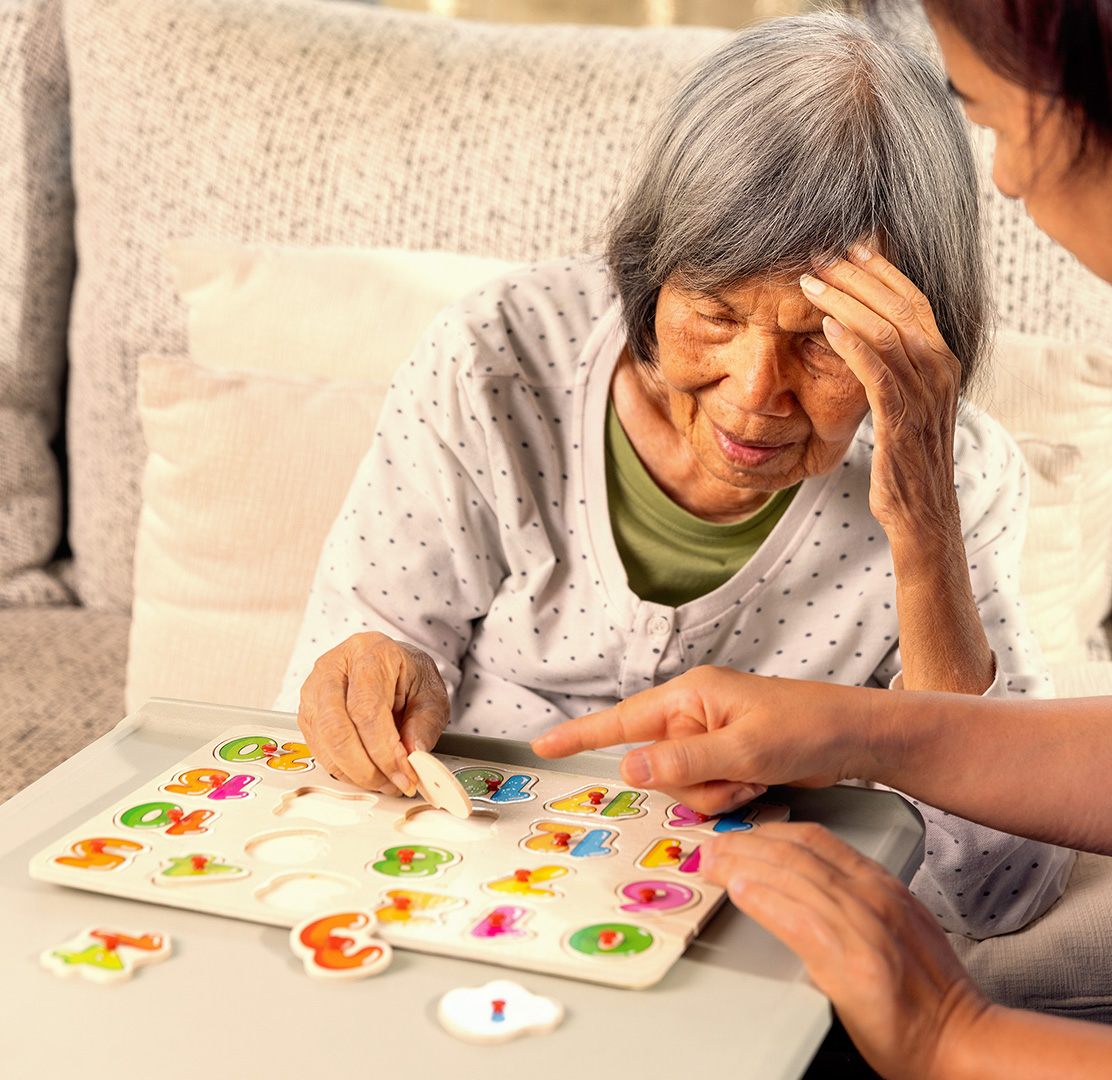
If you’re wondering whether your parent needs assisted living or memory care, this guide can help clarify the shift.
Scroll to ReaD more

You might not be able to pinpoint the moment. But lately, something’s changed. There was no break, no event.
It starts with repetition. A question asked again too soon. A medication bottle not where it always is. A hesitation that’s new, but somehow familiar. The routine is technically complete, but the atmosphere feels thinner. Care is present —but something in the way it lands doesn’t quite settle. That’s what happens when the needs start shifting in ways checklists don’t catch. Assisted living supports what’s planned. But something about your parent’s rhythm now feels unplannable. That's why, in most states, including Maryland, memory care isn’t just more help — it’s a distinct level of licensed care, governed by stricter requirements.
But the overlap between assisted living and memory care is real. Shared dining rooms, similar-looking activity calendars, staff who know the names. From the outside, they seem interchangeable. One holds the rhythm. The other adjusts to its erosion.
Look a little closer, though, and the differences show up in the details. The building itself may offer secure walking paths instead of corridors that end in frustration. Staff might pause to let repetition play out—because they’ve been trained not to interrupt, but to redirect. Memory care environments don’t just keep people safe—they anticipate how disorientation shows up and remove its friction.
These aren’t arbitrary touches. Facilities licensed for memory care are different —regulated to meet higher standards for safety, staff ratios, and dementia-specific support. Staff are trained in validation therapy, de-escalation, and rhythm-based engagement, not just basic assistance. Even small environmental cues—color-coded hallways, circular designs, memory boxes—are part of a system that orients gently, without announcing itself.
This form of care didn’t always exist. For much of modern eldercare history, memory loss was folded into generic categories. But as diagnoses rose in the ‘90s and early 2000s, the care model itself had to evolve—what emerged wasn’t just “more support,” but a different philosophy altogether.
Memory care isn’t an upgrade in services. It’s a distinct response to how memory works when it begins to fray. One that treats repetition as signal, not mistake. One that meets confusion with rhythm, not rerouting. If you feel the difference before anyone defines it—you’re not early. You’re simply right on time.
This moment doesn’t ask you to abandon independence. It asks you to notice what kind of support now feels aligned. You’re responding to a different kind of need—a need that repeats, that confuses, that slips past what the day was planned to hold.
Assisted living is calibrated for routines and sequences that respond well to structure. Memory care encounters disorientation and lowers the stakes. It’s a shift that often interrupts escalation before it happens. It’s care that calibrates to the inner experience, not just the visible routine. And for a parent already living inside disorientation, that difference is everything.
You don’t have to decide today. But you’re allowed to notice what’s already shifting.
At Sand Cherry Manor, memory care is shaped around how disorientation shows up—not just how it’s labeled. We specialize in early-phase transitions—when needs are still soft-edged, but already shaping the rhythm of the day. And we’d be honored to help you explore what comes next.
If you’re noticing the shift — we’re ready when you are.